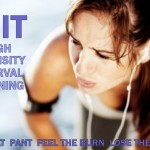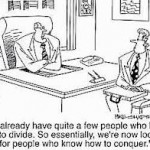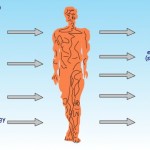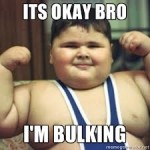

As a follow up to my last post, here is my guide explaining if you should be bulking overeating eating more or dieting… AKA how to make the BMI kind of useful.***Truth be told, I dislike the word ‘bulking’ and even ‘overeating’. The real question should be: ‘are you eating enough to build muscle’, but for the sake sanity I’m going to use bulking and overeating in this post…but you know what I mean***Not everyone should bulk, I hope I made that perfectly clear in my last blog post.However, I hope the fact that some people can eat more was equally clear.So how do you tell if you should be eating more or dieting (or somewhere in between)?Simple, you borrow a whole heap of info from the Adonis Index.Firstly, lets look at your Lean Body Mass – The amount of lean mass you can carry (and thus muscle mass you can carry) is largely dependent on your height.This is the Adonis Equation for predicting the possible range of Lean Body Mass a person is likely to carry at any given height:Lean mass (kg) = C x H3.2Where H is your height in meters and C is the coefficient we use to account for age.The standard deviation is roughly 0.5.OK now for “C” use the following numbers:If you are between 20-24 use 11 If you are between 25 and 34 use 10.9, if you are between 35 and 44 use 10.7 If you are 45 and older use 10.5 So using myself as an example:I’m 5’10? or 70 inches tall.To get your height in meters simply multiply your height in inches (70) by 0.0254.In my case I get 1.778(if you are lazy just go to Google and type “how tall is X inches in meters?”)Plugging my height into the equation and using the Coefficient for my age (10.7) I get the following:10.7 x 1.7783.2Now for the standard deviations – if we add or subtract 2 standard deviations from C then we get the lean mass for roughly 95% of the population of 5’10? guys.So for my height there is a 95% chance my lean body mass is somewhere between:9.7 x 1.7783.2 – 11.7 x 1.7783.2orSomewhere between 61.17 KG and 73.8 KG. Since I’m Canadian and for some weird reason still think of body weight in pounds, this would be:134.5 and 162 pounds of Lean Body Mass.OK, so now we know that realistically 162 pounds would be a best case scenario for 35 year old me. At 10% body fat that would be a body weight of about 180 pounds, which would be pretty darn impressive on my frame.However, I’m NOT 180 pounds at 10% body fat
Continue reading:
My Guide to Eating for Muscle | Brad Pilon's 'Eat Blog Eat'










 For now classes are 6pm and 640pm at 2840 Wildwood st in the Boise Cloggers studio.
Book your class NOW!
click this ==>
For now classes are 6pm and 640pm at 2840 Wildwood st in the Boise Cloggers studio.
Book your class NOW!
click this ==>








